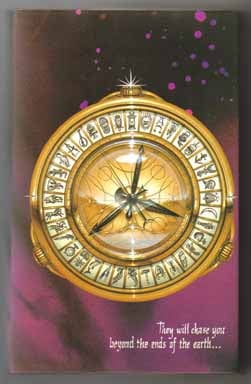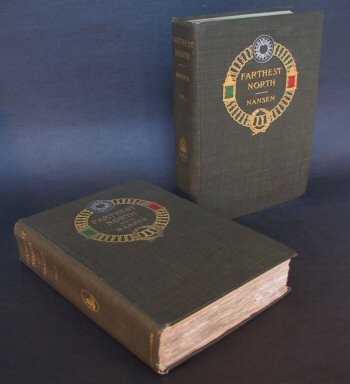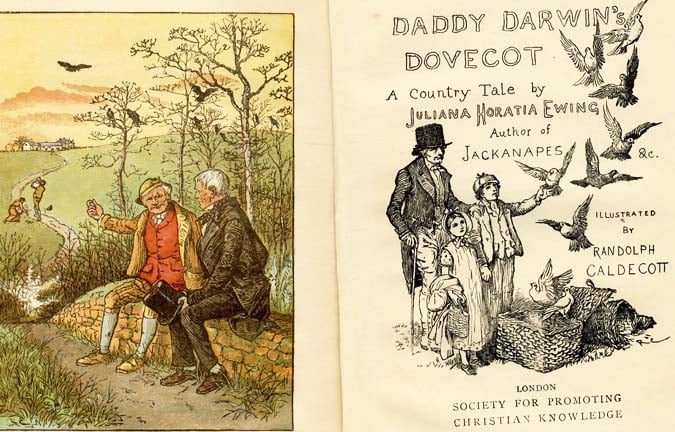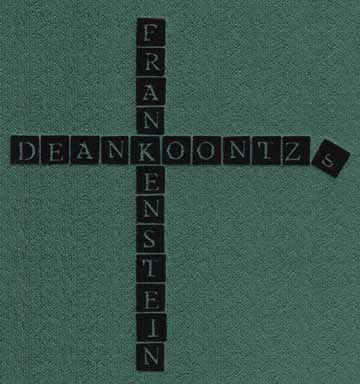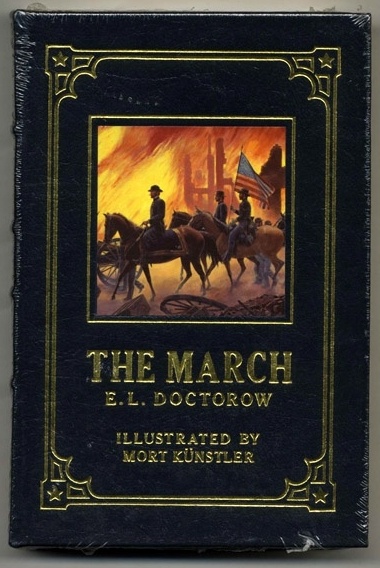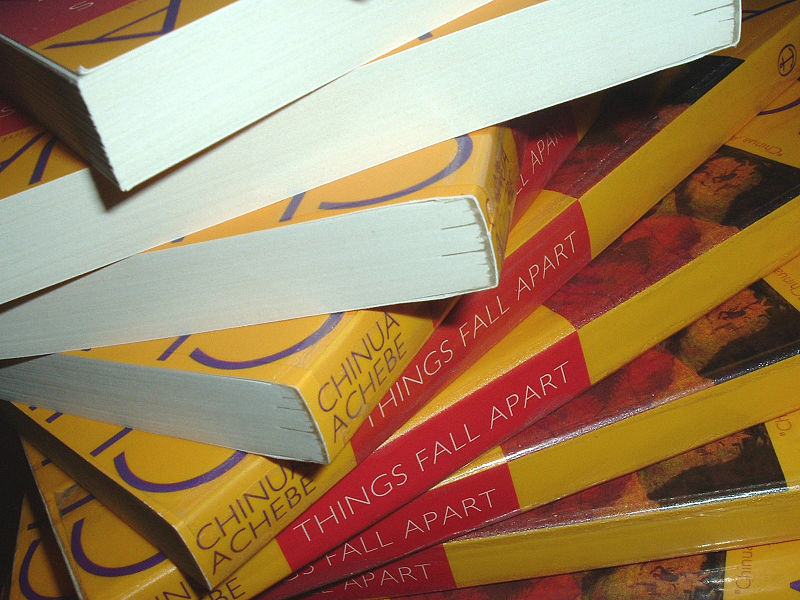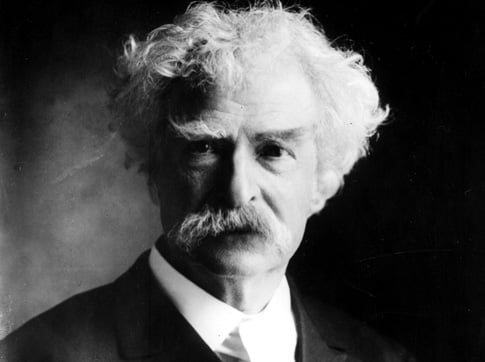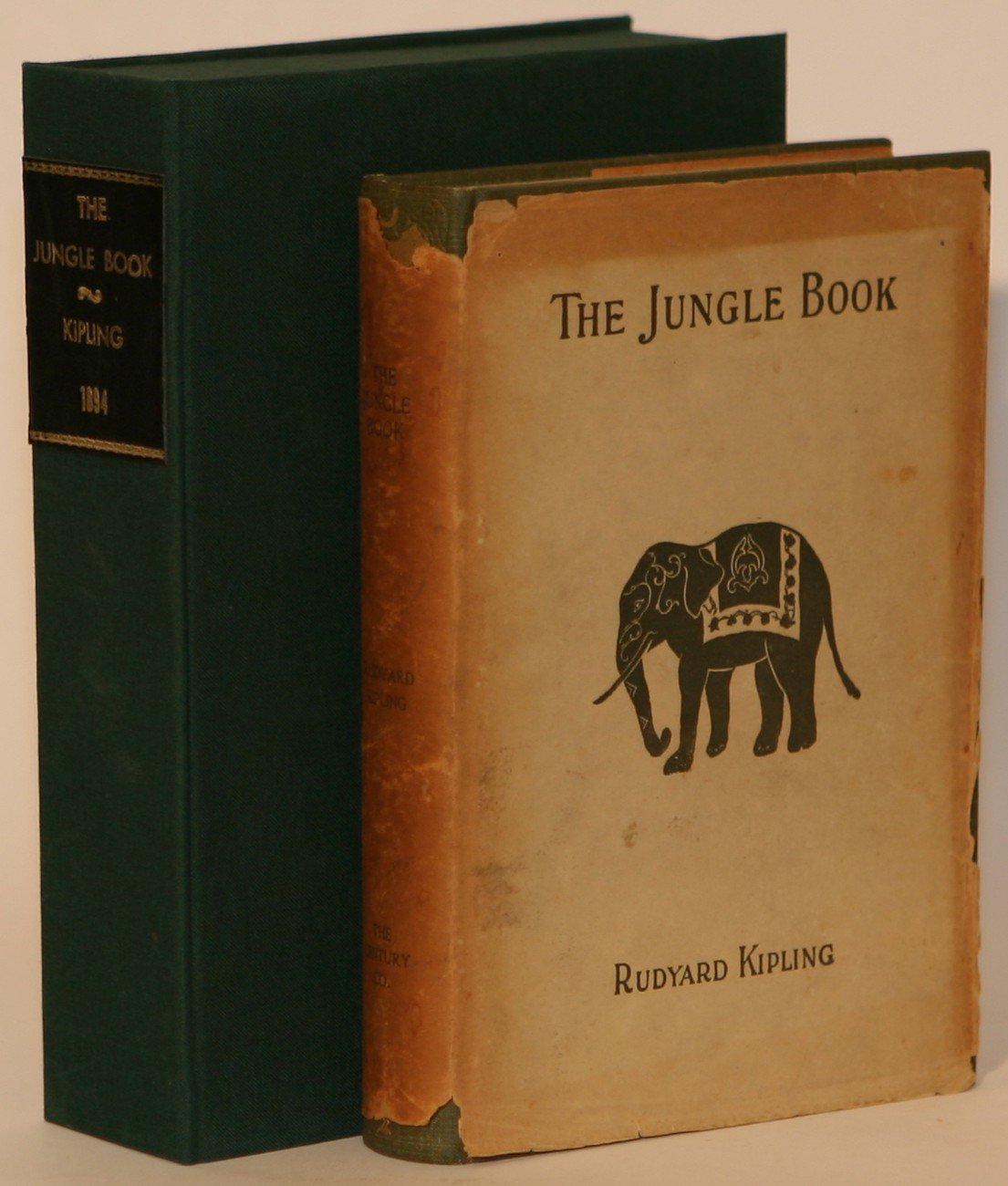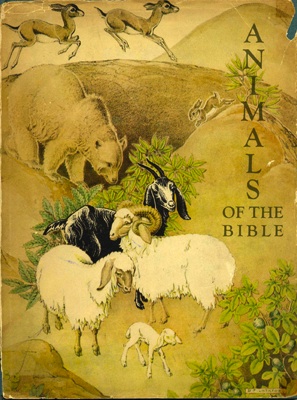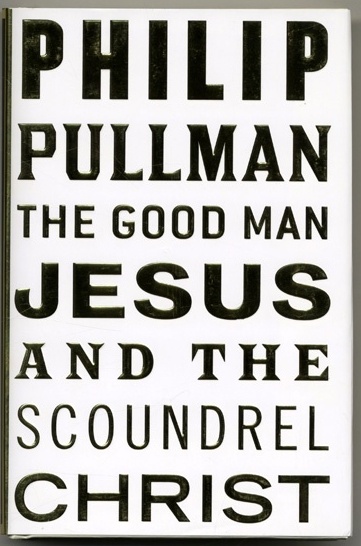Collecting the works of a present-day author is appealing to many collectors. For starters, if the author is alive, a collector’s chance of meeting him or her in person is significantly higher than if the author was dead. Likewise, he or she may be putting more signed books into the world, just waiting to be scooped up by a diligent collector. Living authors may hold speaking events, book signings, etc. which are great opportunities for collecting ephemera. And, if the author in question is still publishing new work, then a collector can still feel the thrill of adding yet-to-be-seen titles to his or her library. For these reasons and many more, collectors of Philip Pullman’s work are in luck.
Do you have a Philip Pullman collection? Are you interested in starting one? Below are some notable titles and editions that you might consider adding to your Pullman library.




